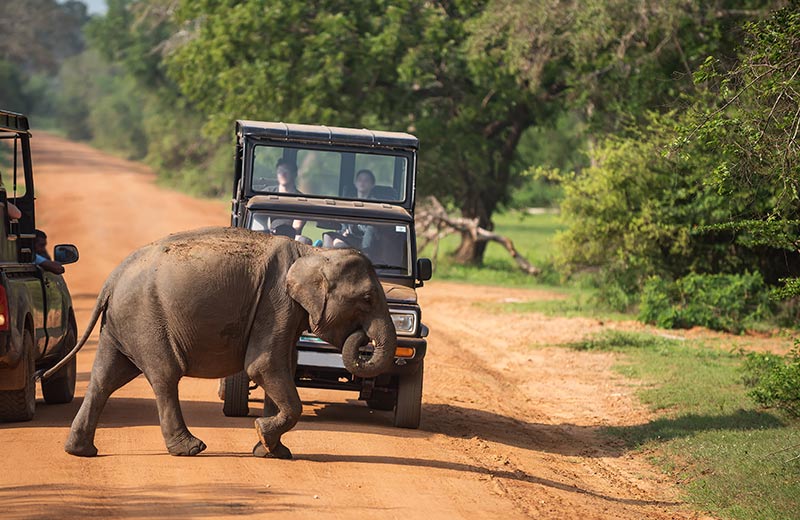Discover the Forests of Sri Lanka
Sri Lanka is home to about four different types of forest, which are found in different parts of the island. Very often, these forests have endemic species of fauna and flora which can only be found in this region. If you are a nature enthusiast, we recommend that you add a visit to a Sri Lankan forest to your itinerary. Here’s everything you need to know.
The Rainforests
Where: Sinharaja Rainforest, Sabaragamuwa & Southern Province
Not much sun reaches the rainforest floor and the little that filters down from the canopy has a green tint to it. Dry leaves mixed with mud crunch and squelch as you walk over them during your trek. Apart from that, all you will hear are bird songs and the unrelenting sound of chirping crickets. The Sinharaja Rainforest is a truly magnificent place, an unassuming wonderland that is only a short distance away from tourist hubs like Galle.
The rainforest is rich in biodiversity and accounts for 60% of the country’s 306 endemic tree species! Sinharaja is also an important catchment area for primary rivers in the southern region and because of this the forest also boasts many endemic species of fish. The rainforest experiences a biannual monsoon cycle, making it one of Sri Lanka’s wettest regions, but that only adds to the beauty of this tropical lowland rainforest.
Dry Ever-Green Forests
Where: Yala National Park, Southern & Uva Province and most other parts of the island
Sri Lankan dry evergreen forests don’t look much like the Europeans evergreen forests which consist of pine trees. Instead, the forests here are made up of large sturdy deciduous trees that can weather many storms and long periods of drought. The dry-zone evergreen forests are found throughout the country, except for the south-west corner and central highlands.
Situated in relatively flat areas of land and occasionally on small hillocks like Ritigala, these forests have a low level of endemism in comparison to the lowland rainforests. In spite of this, these forests house large mammals like elephants, leopards and sloth bears. These forests have a uniquely Sri Lankan charm to it; warm sunlight, rustling dry leaves and large deciduous trees which tower above their surroundings. It also feels as though the trees have a mind of their own. During the driest months the trees shed their leaves – to prevent water loss – and they are left completely barren except for the foliage on the forest floor which still remains.
Montane Forests
Where: Horton Plains National Park, Central Province & the Knuckles Mountain Range
The cloud forests are a hallmark of the Sri Lankan hill country. Large mountains covered in lush green forests with thick plumes of mist that swirl around the tips of the mountains. Before British rule, this whole region was covered by forests and exotic creatures dwelling deep in the forests, including monkeys, sambar deer and even Sri Lankan highland leopards. However, at the turn of the 19th century, most of these forests were cut down and turned into tea plantations by the colonisers. Now there are still a few pockets of these fantastic forests that should not be missed.
Mangrove Forests
Where: Kalpitiya, North Western Province
Mangrove forests are possibly the most interesting type of forest. These forests are spread throughout the country but entering them is an otherworldly experience. Found in the brackish inland waters besides coastal towns, these forests can only be entered by boat. Mangroves are the home of vital and unique ecosystems which not only protect the flora and fauna within the forest but also absorb more carbon dioxide than a regular forest!
From a distance, it looks like an island of trees floating on a lagoon, its lush green leaves sprouting dramatically and encompassing the water below. However, the interior is completely different from its exterior. From the time you enter all you see is brown water and dark brown trunks that are mangled together making the forest look even thicker; but then you look up and you see green. The leafy roof acts as a protective barrier from the sun and helps create a cool and calming atmosphere.



